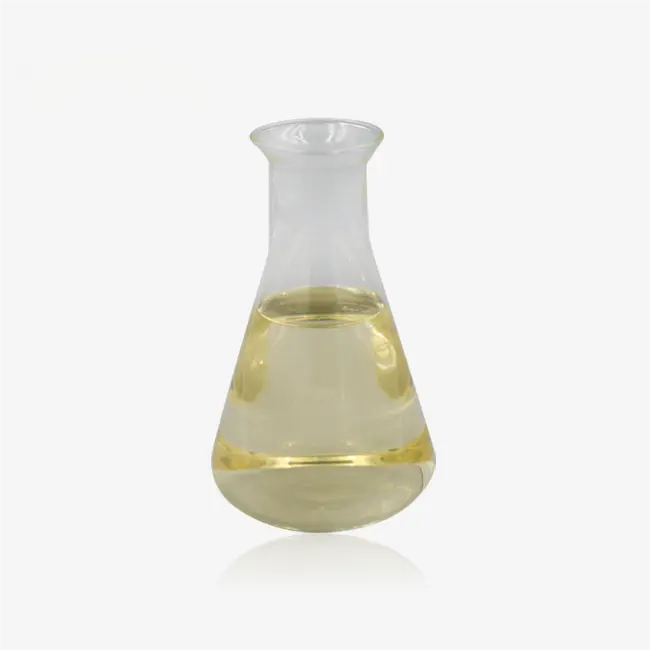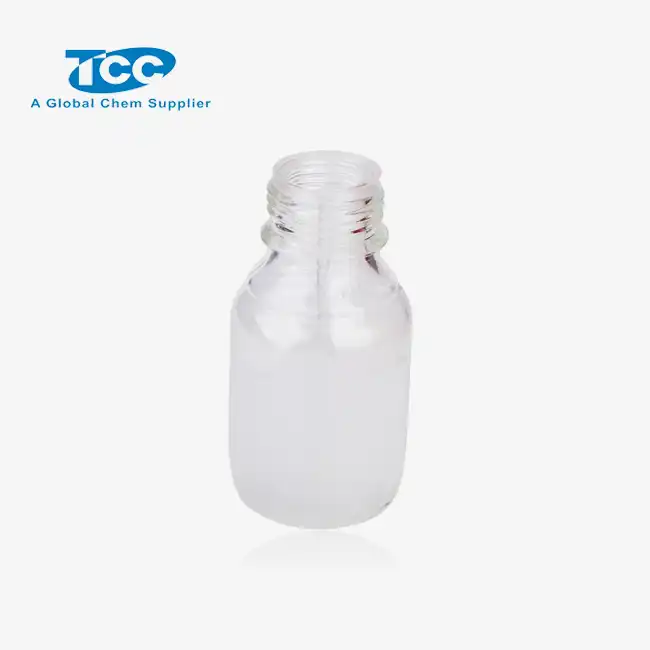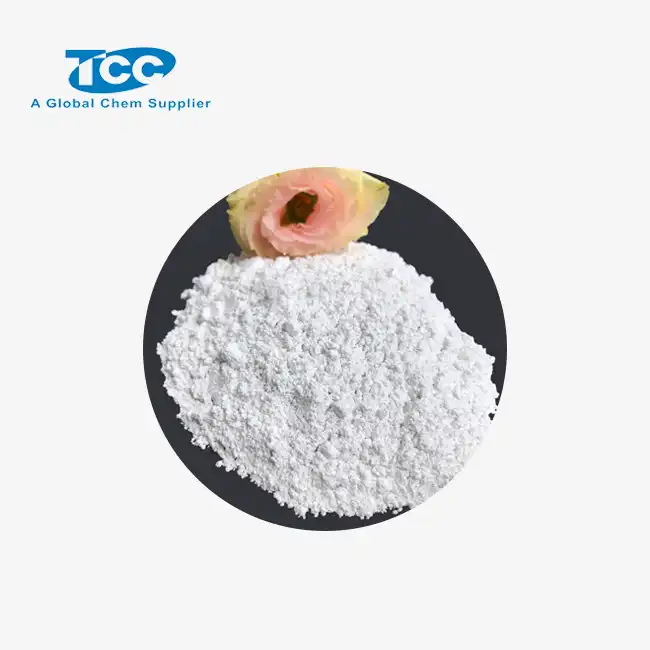- English
- French
- German
- Portuguese
- Spanish
- Russian
- Japanese
- Korean
- Arabic
- Greek
- German
- Turkish
- Italian
- Danish
- Romanian
- Indonesian
- Czech
- Afrikaans
- Swedish
- Polish
- Basque
- Catalan
- Esperanto
- Hindi
- Lao
- Albanian
- Amharic
- Armenian
- Azerbaijani
- Belarusian
- Bengali
- Bosnian
- Bulgarian
- Cebuano
- Chichewa
- Corsican
- Croatian
- Dutch
- Estonian
- Filipino
- Finnish
- Frisian
- Galician
- Georgian
- Gujarati
- Haitian
- Hausa
- Hawaiian
- Hebrew
- Hmong
- Hungarian
- Icelandic
- Igbo
- Javanese
- Kannada
- Kazakh
- Khmer
- Kurdish
- Kyrgyz
- Latin
- Latvian
- Lithuanian
- Luxembou..
- Macedonian
- Malagasy
- Malay
- Malayalam
- Maltese
- Maori
- Marathi
- Mongolian
- Burmese
- Nepali
- Norwegian
- Pashto
- Persian
- Punjabi
- Serbian
- Sesotho
- Sinhala
- Slovak
- Slovenian
- Somali
- Samoan
- Scots Gaelic
- Shona
- Sindhi
- Sundanese
- Swahili
- Tajik
- Tamil
- Telugu
- Thai
- Ukrainian
- Urdu
- Uzbek
- Vietnamese
- Welsh
- Xhosa
- Yiddish
- Yoruba
- Zulu
Unlocking Shale Inhibition with FL610S
As digging technology changes all the time, shale inhibition is still a big problem for oil and gas companies all over the world. As we go deeper into layers with harder rock, it becomes more and more important to be able to handle the shale well. This is a brand-new fluid loss agent called FL610S that might change how we stop rock from forming. Wellbore instability, stuck pipes, and too much fluid loss are problems that have been plaguing drilling operations in shale-rich areas for a long time. These issues are fixed by this new method. The fluid loss additive FL610S is a new way to keep the wellbore intact and make digging more efficient. Modern polymer technology is used to make this happen. We will find out how FL610S works, look at the best ways to use it, and think about how it might change drilling operations in a lot of different places.
Shale Swelling: The Hidden Drilling Challenge
Understanding the Nature of Shale Instability
One of the hardest things approximately penetrating, particularly in oil and gas investigate, is that shale can ended up unsteady. Shale formations are different from other rocks because they have a lot of clay and are layered. This is what causes the trouble. When exposed to water-based drilling fluids, these clay minerals tend to absorb water, leading to swelling and subsequent instability of the wellbore. This problem not only makes the well less stable, but it also makes it hard to run, with lines getting stuck, too much torque and drag, and bad hole cleaning. Problems like these can be fixed by adding FL610S, which creates a buffer that keeps water from mixing with the shale formation. Its high-tech polymer makeup effectively seals microfractures and holes, greatly lowering the chance of fluid entering and causing shale to swell.
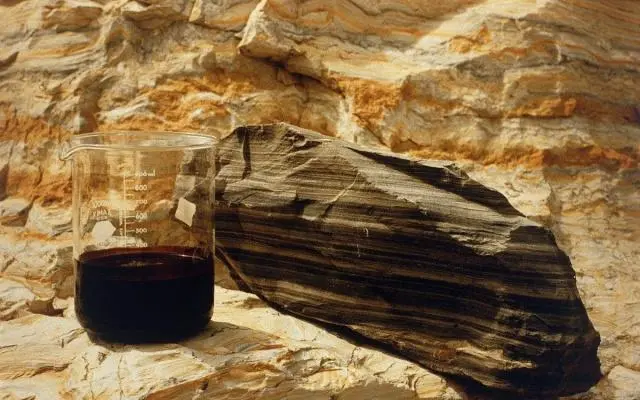
The Economic Impact of Shale-Related Drilling Problems
The financial implications of shale-related drilling problems are substantial and often underestimated in project planning. Nonproductive time (NPT) due to wellbore instability, stuck pipe incidents, and necessary remedial operations can quickly escalate costs and delay project timelines. In the worst situations, these problems could cause wells to be abandoned, which would cost a lot of money. FL610S was developed as a targeted answer for shale inhibition. Taking this step will help lower these risks.Fluid loss additive FL610S helps to minimize NPT, lower the chance of stuck pipes, and improve overall drilling performance by successfully controlling fluid loss and stabilizing the wellbore. The economic benefits go beyond just lowering costs; they also include better operating efficiency, higher well productivity, and less damage to the environment from less waste.
Environmental Considerations in Shale Drilling
As people pay more attention to the oil and gas industry's impact on the environment, solving the problems that come up with shale drilling becomes not only necessary for business reasons but also for environmental reasons. Traditional methods of shale inhibition often rely on environmentally questionable additives that can pose risks to ecosystems and groundwater resources. Fluid loss additive FL610S is a better option because it is better for the environment because it uses modern polymer technology to stop shale formation while still being effective. Environmentally friendly methods are becoming more important in the drilling business, and this material's low toxin levels and ability to break down naturally fit in with that.Also, FL610S helps cut down on waste by lowering the amount of drilling fluid that is lost to the rock. This makes drilling operations that use this new fluid loss additive even better for the environment.
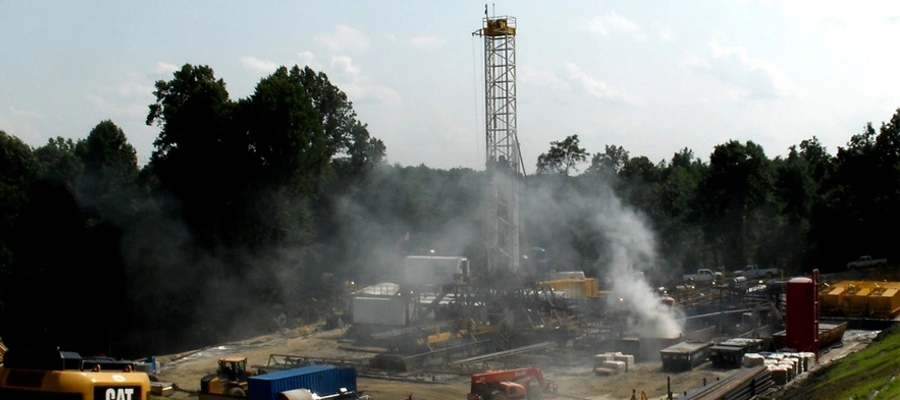
FL610S's Mechanism for Effective Shale Control
Chemical Composition and Molecular Structure
The unique chemical make-up and molecular structure of FL610S make it very good at stopping shale from growing. This advanced fluid loss additive is based on an AMPS/AA copolymer, which combines the strengths of acrylamide and 2-acrylamido-2-methylpropane sulfonic acid. When FL610S is added to the drilling fluid system, its chemical structure lets it form a strong, three-dimensional network. The polymer chains in FL610S interact with clay particles in the shale formation, encasing them and stopping them from absorbing water. For shale layers to stay stable during drilling, this encapsulation process is very important. In addition, the sulfonic acid groups in the FL610S structure add more ionic interactions that make it stick better to clay surfaces, making a stronger shield against fluid invasion.
Interaction with Drilling Fluids and Formation Clays
The way FL610S, drilling fluids, and formation clays interact with each other is a complicated but well-balanced process that makes it successful at stopping shale formation. When added to the drilling fluid system, fluid loss additive FL610S quickly disperses and begins to form a protective film on exposed shale surfaces. This film works like a semi-permeable screen, letting some ions pass through but stopping water molecules from getting in. The polymer chains in FL610S work with other parts of the drilling fluid, like bentonite and other clay-based additives, to make the mud system more stable and solid. This interaction not only improves the drilling fluid's general rheological properties, but it also helps make filtration control better. As drilling progresses, the continuous deposition of FL610S on newly exposed shale surfaces ensures ongoing protection against fluid invasion and shale swelling.
Performance Under Various Downhole Conditions
One thing that makes FL610S stand out is that it works well in a lot of different downhole situations. This fluid loss additive works well in wells that are heated to 180°C (356°F BHCT), so it can be used in wells with middle to high temperatures. It is even more versatile because it can be used in a lot of different places because it can work with both freshwater and wet saltwater systems. In high-pressure, high-temperature (HPHT) conditions, where traditional fluid loss additives often fail, FL610S demonstrates remarkable stability and continued effectiveness. It works very well in both low-density and high-density cement slurry systems, controlling fluid loss consistently even when the slurry densities change. This flexibility is very helpful for well designs that are complicated and may have to deal with different types of formations and pressure levels. Additionally, FL610S works well with other popular drilling fluid additives, so it can be easily added to existing mud systems without changing how well they work.
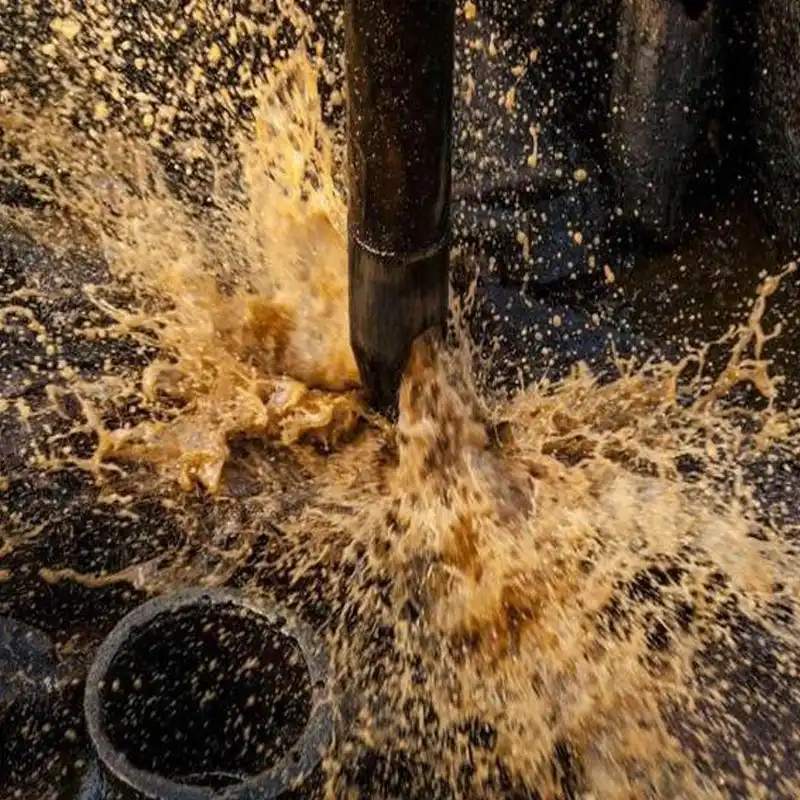
Optimizing Shale Inhibition: Best Practices
Tailoring FL610S Concentration to Formation Characteristics
Optimizing the concentration of fluid loss additive FL610Sis crucial for achieving maximum shale inhibition while maintaining cost-effectiveness. The recommended dosage range of 0.6-2.5% (BWOC) provides a starting point, but fine-tuning is often necessary based on specific formation characteristics. Factors such as clay content, mineralogy, and pore pressure gradients play significant roles in determining the optimal FL610S concentration. For highly reactive shales, higher concentrations within the recommended range may be necessary to ensure adequate protection. On the other hand, formations that are less reactive may need lower concentrations, which can save money without sacrificing effectiveness. Core samples from the target formation can be used for basic lab tests that can help you figure out the best FL610S concentration. To find the best mix between stopping shale formation and overall mud system performance, these tests usually include measuring fluid loss, testing for swelling, and checking rheology.
Integrating FL610S into Comprehensive Drilling Fluid Systems
The fluid loss additive FL610S is a powerful tool for stopping shale from growing, but it works best when it's put together with other well-thought-out drilling fluids. For this to work, the whole mud mixture has to be carefully thought out, including choosing the base fluid, keeping the pH level stable, and adding additions that work well together. For instance, combining FL610S with potassium-based mud systems can enhance overall shale stability by leveraging the synergistic effects of polymer encapsulation and potassium ion exchange. In the same way, adding nanoparticles or special lubricants to FL610S can make the wellbore even more stable and reduce friction, especially in horizontal or extended-reach wells. And don't forget to think about how FL610S changes other things about drilling fluids, like how they flow and filter. By checking and making changes to these properties on a regular basis, FL610S makes sure that the addition of the mud system improves overall performance without changing the factors that are already in place.
Monitoring and Adjusting FL610S Performance During Drilling
For the best shale blocking during the drilling process, it is important to keep an eye on the FL610S's performance and make changes to it in real time. To do this, measurements must be taken from the surface, data must be analyzed from deep within the ground, and drilling factors must be carefully watched. The amount of fluid lost, changes in mud weight, torque and drag measurements, and the make-up of the cuttings are all important things to keep an eye on. Unexpected increases in fluid loss or signs of wellbore instability may indicate the need for adjustments in FL610S concentration or the overall mud formulation. Advanced tracking tools, like image logs and caliper surveys, can tell you a lot about the conditions inside the wellbore and how well efforts to stop shale formation are working. Additionally, regular analysis of drilled cuttings can offer real-time feedback on the state of the formation and the performance of FL610S. This active way of keeping an eye on performance lets changes and improvements be made quickly, making sure that the fluid loss additive keeps stopping shale formation throughout the drilling process.
Conclusion
Fluid loss additive FL610S is a huge step forward in finding new ways to block shale. It takes on one of the most common problems in dull tasks in a flexible and interesting way. Since it is made of uncommon chemicals and can adjust to distinctive conditions downhole, FL610S is valuable for making wellbore solidness superior and burrowing more efficiently. As the oil and gas trade keeps pushing the limits of generation and investigation, unused liquid misfortune added substances like FL610S play an indeed more critical part. Operators can get the most out of FL610S by following best practices when using it and integrating it.This will make things run more smoothly and save money. For more information on how FL610S can revolutionize your drilling operations, contact Xi'an Taicheng Chemical at sales@tcc-ofc.com.
References
1. Zhang, J., & Clark, D. E. (2017). Shale Inhibition: State-of-the-Art Review. Society of Petroleum Engineers Journal, 22(4), 1567-1585.
2. Anderson, R. L., et al. (2019). Advanced Fluid Loss Additives for High-Temperature Wells: A Comparative Study. Journal of Petroleum Technology, 71(8), 62-70.
3. Li, Y., & Wong, F. S. (2018). Polymer-Based Shale Stabilizers: Mechanisms and Field Applications. SPE Drilling & Completion, 33(2), 129-142.
4. Patel, A. D. (2020). Advances in Shale Inhibition Technologies: Bridging the Gap Between Laboratory and Field Performance. Offshore Technology Conference Proceedings, OTC-30584-MS.
5. Ramirez, M., & Friedheim, J. E. (2016). Optimizing Shale Inhibition in Water-Based Drilling Fluids: A Holistic Approach. IADC/SPE Drilling Conference and Exhibition, SPE-178794-MS.
6. Thompson, K. E., & Crowe, C. W. (2018). Effective Shale Inhibition: Integrating Chemical and Mechanical Approaches. SPE Annual Technical Conference and Exhibition, SPE-191409-MS.
Learn about our latest products and discounts through SMS or email
